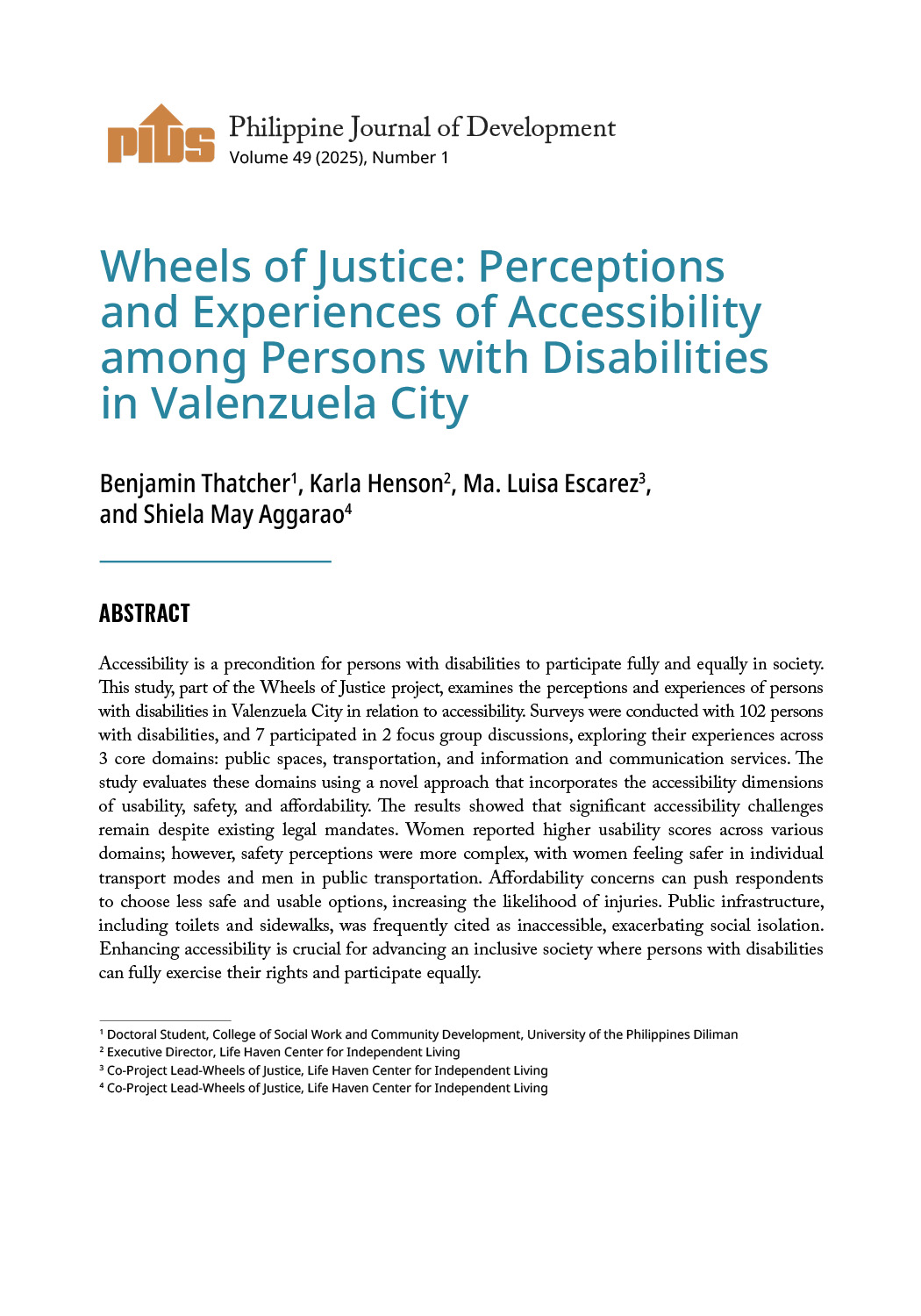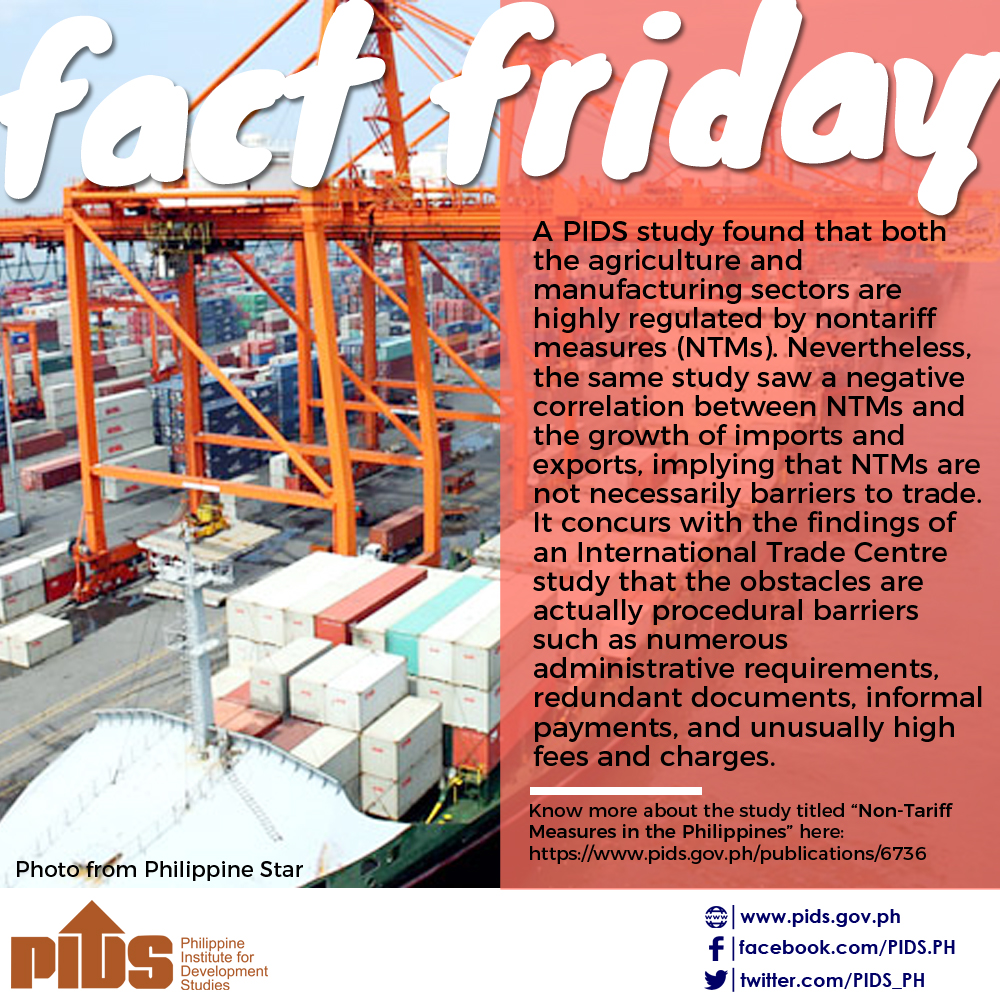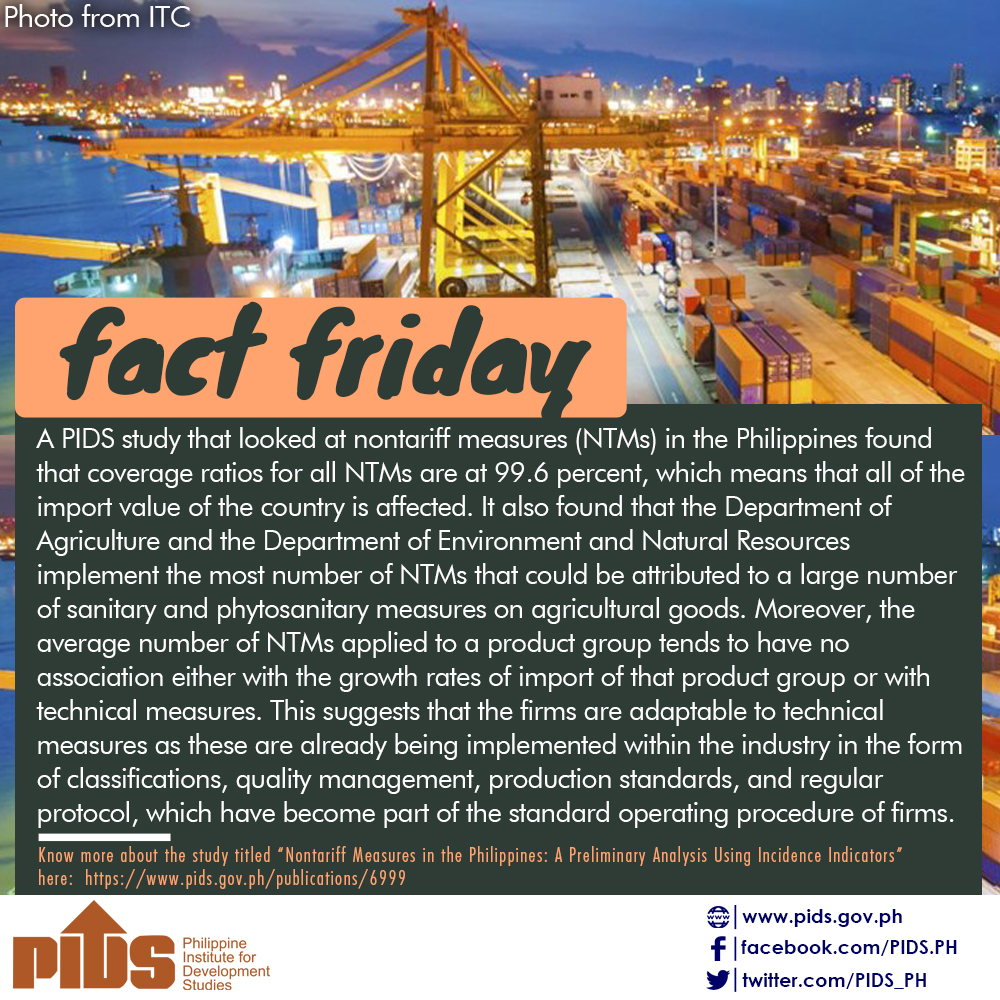THE Legislative-Executive Development Advisory Council (Ledac) identified as priority 28 measures, 14 recommended as urgent, as follows: Unified National Identification System Act (national ID); security of tenure bill (end of contractualization/ endo); utilization of coconut-levy fund; comprehensive tax reform; National Transport Act to address transport traffic crisis; Budget Reform Act; National Land Use Act; rightsizing of the national government; amendments to the Anti-Cybercrime Act; amendments to theAgricultural Tariffication Act of 1996; amendments to the National Irrigation Administration charter regarding: Free Irrigation Act; amendments to Public Service Act; Ease of Doing Business/Fast Business Permit Act; and Government Procurement Reform Act amendments.
There seems to be no general theme or strategic goal tying together these priority measures. Few in the list directly address mass poverty or raise the quality of life of many Filipinos. Some may be achieved administratively rather than through legislation.
The strategic and long-lasting reform among the list, I believe, is the National Land Use Act, aimed at establishing a unified framework for land-use management.
Current land use and management regime is nothing short of chaotic. Disposition and distribution of lands are entrusted to various agencies, including the Department of Environment and Natural Resources, the Department of Justice and the National Commission on Indigenous Peoples. Land-use policies are embodied in several laws, such as the Local Government Code, the Agricultural and Fisheries Modernization Act of 1997 and the Agrarian Reform Act. The lack of harmonization and coordination across the multiplicity of laws, regulations and governing bodies greatly hinders the country from using its finite lands in a sustainable manner.
This is reflected in the many comprehensive land use plans (CLUPs) of several local government units. A 2014 Philippine Institute for Development Studies study found that many CLUPs favored residential and commercial development. Very few included plans for productivity-enhancing infrastructure or considered environmental conservation. A 2012 Human Development Network study emphasized that many CLUPs lacked long-term vision and did not take into account clear-cut strategies on achieving sustainable growth.
A National Land Use Act will probably improve our landscape (and seascape and mountainscape). With millions more to feed and more homeless added to the ranks every year, we hope a national use and management framework of our finite land resources would emerge.
There seems to be no general theme or strategic goal tying together these priority measures. Few in the list directly address mass poverty or raise the quality of life of many Filipinos. Some may be achieved administratively rather than through legislation.
The strategic and long-lasting reform among the list, I believe, is the National Land Use Act, aimed at establishing a unified framework for land-use management.
Current land use and management regime is nothing short of chaotic. Disposition and distribution of lands are entrusted to various agencies, including the Department of Environment and Natural Resources, the Department of Justice and the National Commission on Indigenous Peoples. Land-use policies are embodied in several laws, such as the Local Government Code, the Agricultural and Fisheries Modernization Act of 1997 and the Agrarian Reform Act. The lack of harmonization and coordination across the multiplicity of laws, regulations and governing bodies greatly hinders the country from using its finite lands in a sustainable manner.
This is reflected in the many comprehensive land use plans (CLUPs) of several local government units. A 2014 Philippine Institute for Development Studies study found that many CLUPs favored residential and commercial development. Very few included plans for productivity-enhancing infrastructure or considered environmental conservation. A 2012 Human Development Network study emphasized that many CLUPs lacked long-term vision and did not take into account clear-cut strategies on achieving sustainable growth.
A National Land Use Act will probably improve our landscape (and seascape and mountainscape). With millions more to feed and more homeless added to the ranks every year, we hope a national use and management framework of our finite land resources would emerge.








